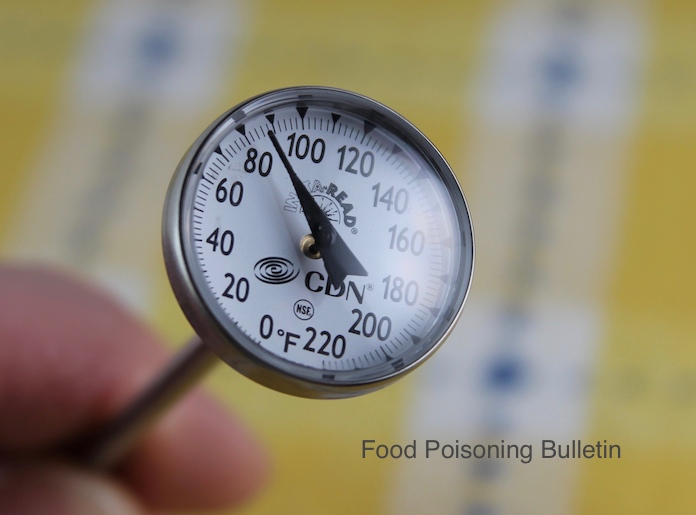The FDA’s Food Safety and Nutrition Survey, the agency’s probability consumer survey designed to assess consumer awareness, knowledge, understanding, and self-reported behaviors regarding food safety, has been released for 2019. The survey was launched to help the FDA make informed regulatory, education, and policy decisions to protect public health.

The survey was a mail-push to web methodology. The population includes adults who live in the 50 U.S. states and the District of Columbia. A total of 4,398 responses were collected during ht months of October and November 2019. Before this methodology change, FDA consumer surveys were conducted using phone interviews.
The key findings on food safety include consumer knowledge about where they think they may contract food poisoning, which foods are problematic, awareness of pathogens, and hand washing and food thermometer usage.
Overall, consumers think people are more likely to get a food borne illness from food prepared at a restaurant rather than food prepared at home. Few respondents, about 15%, thought it was “very common” for people to get sick from food prepared at home, and 29% thought it was “very common” to get food poisoning from restaurant food.
While it is true that most outbreaks .where two or more people are sickened with the same pathogen, are linked to restaurants according to a 2014 study conducted by CSPI, there are 48,000,000 cases of foodborne illness that occur every year in the United States; most are not part of an outbreak but are single cases. And most foodborne illnesses are not reported to the government.
Consumers are also more concerned about the risk of illness from raw chicken and raw beef than raw produce, although produce, such as raw sprouts and romaine lettuce, is one of the most common food groups linked to outbreaks. The survey showed that 93% of respondents thought raw chicken was a risk, and 66% thought that raw beef was “likely or highly likely” to be contaminated. Only 6% thought that raw fruits, and 9% thought raw vegetables were risky.
Awareness of which pathogens cause illness varied greatly. About 97% of respondents were aware of Salmonella, and 88% knew about E. coli, but just 7% knew about Campylobacter, and only 4% knew about Vibrio bacteria
Handwashing is one of the best ways to prevent illness. But just 39% of respondents said they washed their hands after cracking raw eggs, and 68% of respondents said they washed their hands before preparing food. About 76% of respondents said they were more likely to wash their hands with soap after touching raw meat.
Food thermometer use also varied. Sixty-two percent of respondents said they owned a food thermometer; 85% said they used it to test whole chicken for safe final interval temperatures, and 79% said they used it for ben, lamb, and pork roasts. But just 40% said they used a thermometer to test chicken parts, just 36% tested burgers, and only 23% tested egg dishes. Frozen meals caused the least concern, with just 20% of consumers saying they used a food thermometer on those products, despite label instructions.




